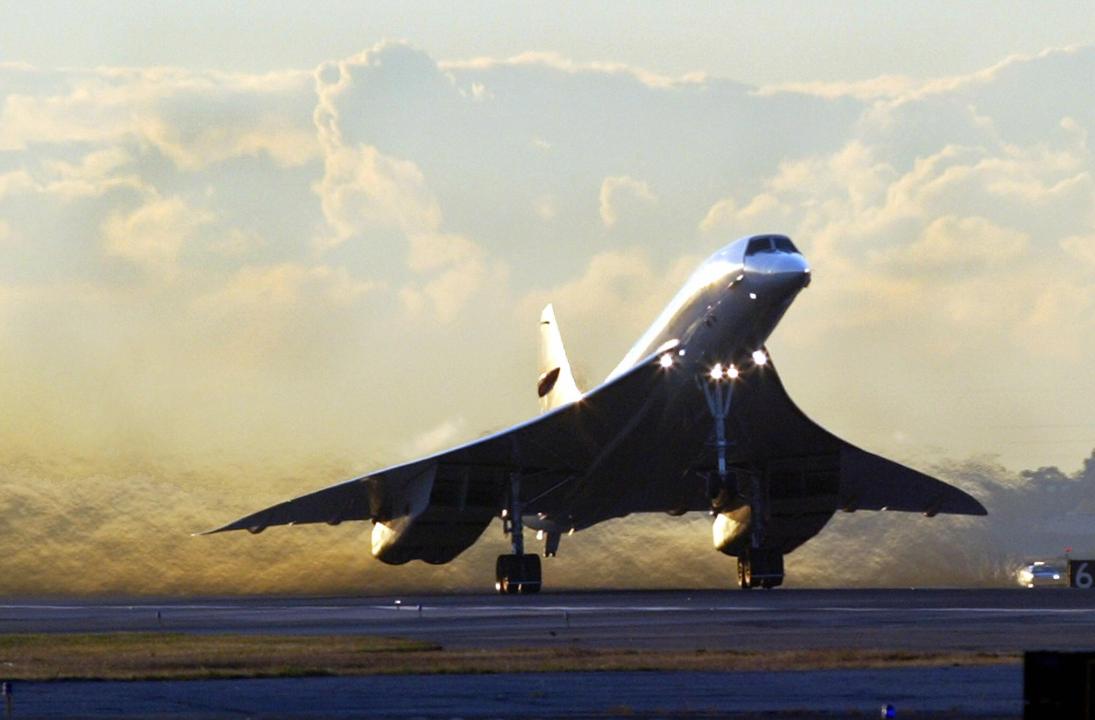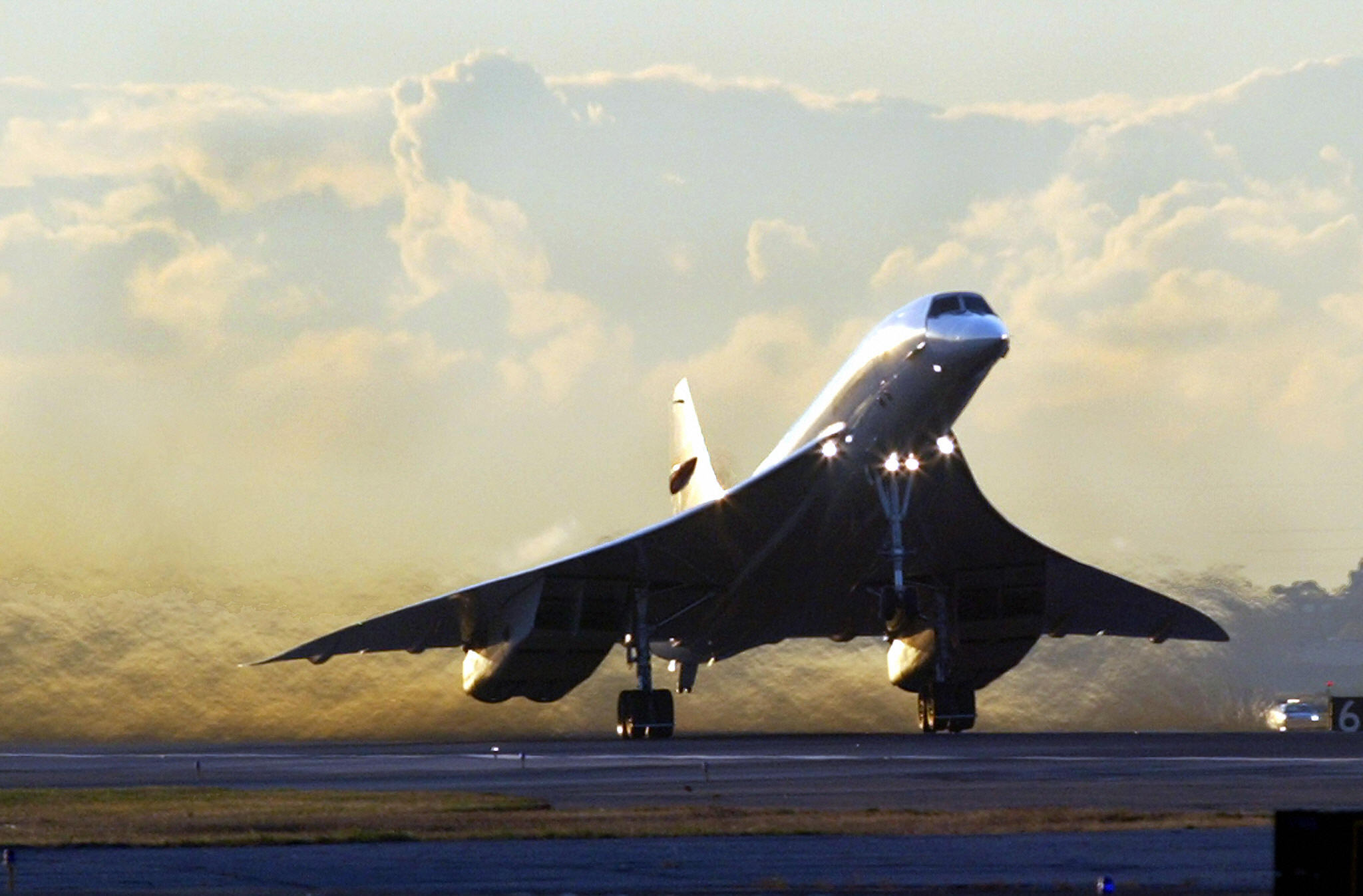Before the pandemic struck, there was talk of a ‘Great Stagnation’ – the idea that the world economy was doomed to lacklustre growth and had hit a technological plateau with no game-changers in sight. But Covid – and lockdown – has changed all that. There was such doubt about the vaccines because it normally takes at least ten years to develop a successful immunisation. Now, we have six working ones. The innovation will not stop there: breakthroughs are happening at rapid speed, from transport and energy, to medicine and science, and even when it comes to currencies.
Take transportation and energy. Last October, for example, Waymo finally announced the launch of a taxi service that is fully driverless and open to the public. Walmart announced in December that it plans to use fully autonomous box trucks to make deliveries in Arkansas later this year. As retail goes online as a result of the pandemic, massive delivery volumes are now placing pressure on existing models. There is an obvious connection between Covid and the increasingly irresistible appeal of driverless vehicles.
Supersonic air travel may also return, 20 years after the retirement of Concorde. Boom Supersonic, a start-up, will this year test the XB-1 this year as a prelude to a larger aircraft capable of carrying up to 90 passengers at twice the speed of sound. Airbus has given itself five years to develop a commercially viable aircraft that runs on hydrogen, a Herculean task that will require reinventing the whole aviation industry. SpaceX could be working on a human mission to Mars by the end of the decade. Two researchers from Cambridge and Columbia have even suggested building a space elevator they called the Spaceline: by extending a line, anchored on the moon, to deep within Earth’s gravity well, we can construct a stable, traversable cable allowing free movement from the vicinity of Earth to the Moon’s surface.
While Covid could also have accelerated not only greener vehicles and travel, but energy itself. Scientists are now developing a compact (around the size of a bin) version of a nuclear fusion reactor, renewing hopes that the long-elusive goal of mimicking the way the sun produces energy might be achieved and eventually contribute to the fight against climate change.
Geothermal, too, seems poised for a big breakout. With better drilling technology, it may finally be ready to scale up and become a major player in clean energy. In fact, if the technology’s more enthusiastic backers are correct, geothermal may hold the key to making 100 per cent clean electricity available to everyone in the world.
There are also unmistakable signs that a new age of technological change has also begun in medicine. The ability to encode and deploy messenger RNA in our bodies will have applications far beyond the new vaccines. The potential of mRNA lies less in its platform: the ability to code a vaccine to hit a variety of targets. Both Moderna and BioNTech have vaccine candidates targeting cancer. BioNTech was making progress already: four years ago it reported that all of the first 13 people with advanced-stage melanoma to receive the personalized immunotherapy showed elevated immunity against the mutated bits of their tumours. Moderna reported similar findings.
Then there’s the developments in our understanding of the way proteins fold up in 3D. In brief: to function properly, the body’s proteins (which make-up more or less everything in our bodies) must be correctly folded into specific shapes. If proteins are misfolded, they don’t function properly and disease can follow, such as Alzheimer’s, Parkinson’s, and Huntington’s. But predicting the 3D structure of proteins has long been one of biology’s most problematic challenges.
Now, however, it could have been possibly solved. Four months ago, DeepMind trained its AI system to develop highly accurate predictions of the underlying physical structure of proteins. Why is this significant? Because knowing the structure of every protein that the human body can produce will likely allow us to determine which molecules would be good candidate drugs to treat a variety of awful diseases.
The breakthrough was remarkable not just because of its predictable impact on biomedicine and health, but also because it shows, perhaps for the first time, what machine learning can achieve. As the technology commentator Eli Dourado has pointed out, most applications of machine learning so far are essentially toys. But protein folding is the real deal: computers able to think of real solutions to serious medical problems.
Would we have seen this advancement without Covid? It seems highly doubtful in the short-term. The pandemic has not only sped us up, but has made us more open to risk and disruption. We can expect many more scientific developments with profound benefits.
The pandemic was also the moment when Bitcoin went mainstream. Having continued to grow and solidify in previous years, the cryptocurrency was perhaps always destined for a successful year, but Covid made an obvious contribution. As central banks announced larger and larger stimulus packages, Bitcoin was suddenly a shield against inflationary dynamics. Dollar weakness was a dominant factor, but for many investors it was also a question of looking in new directions after traditional investment strategies failed to respond to a radically unexpected external shock.
As the only asset whose price is not under direct or indirect control by the Federal Reserve, its astonishing rise in the last two years could be the only available indicator of the looming prospect of debt monetisation in the United States and a collapse in the value of the dollar. A once-in-a-generation calamity like the coronavirus was bound to create extreme fluctuations in global markets, with some assets proving big winners and some losing big.
Between 1880 to 1940 there were a succession of major advances that today we could not imagine living without – electricity, indoor plumbing, pharmaceuticals, airplanes, cars, radio and TV, to name just a few. But as the economist Robert Gordon has highlighted, inventions in recent years, however, have centred on entertainment and making electronic devices smaller, sleeker, and more powerful. But they do not fundamentally change labour productivity or our standard of living in the way that indoor plumbing, cars and electricity did. Just one of those hit inventions of the Second Industrial Revolution beats all the electronic portable devices that we have become so dependent on.
The pandemic has caused some of the psychological obstacles to technological development to crumble. First, we have realised that time is scarce: moving fast is the responsible choice, now that we understand deadly threats can arrive suddenly and catch us unprepared. Second, societies have a collective responsibility to address common problems.
We are once again falling in love with technology, but that love is deeper now because we know the truth about technology much better than one or two centuries ago. In fact, as historians argue about the profound consequences of Covid-19 for the way societies will be organised in the future – and many singular theories are put forward – the answer is staring us in the face. The pandemic is not the beginning of the Chinese century. It is not the end of globalization or the return of socialism. What is starting today is a new age of technological wonder, the Great Acceleration.
This article is free to read
To unlock more articles, subscribe to get 3 months of unlimited access for just $5








Comments
Join the debate for just £1 a month
Be part of the conversation with other Spectator readers by getting your first three months for £3.
UNLOCK ACCESS Just £1 a monthAlready a subscriber? Log in